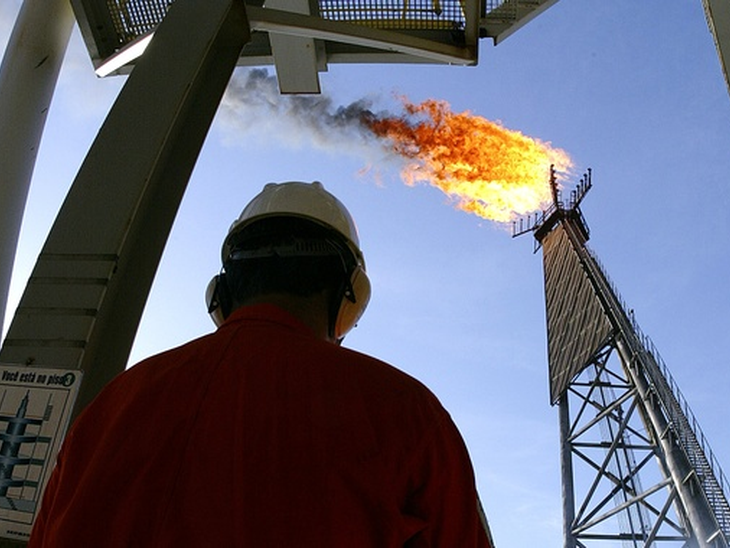
T&B Petroleum/Press Office ANP

In November 2018, oil and gas production in Brazil was 3,274 million barrels of oil equivalent per day, a reduction of 2.3% in relation to the previous month. The decrease is mainly due to the maintenance of maintenance stops at the FPSO Cidade de Ilhabela, in the field of Sapinhoá (Santos Basin) and platforms P-18 and P-37, in the Marlim field (Campos Basin).
Oil production in the period was 2.567 million barrels of oil per day (bbl / d), a decrease of 1.8% compared to the previous month and 1.1% compared to November 2017.
Brazil's natural gas production was 112 million m³ of natural gas per day, a reduction of 4% compared to the previous month and 0.9% compared to the same month of 2017.
Pre-salt
Pre-salt production in November totaled 1.817 million boe / d, down 1.3% from the previous month. 1.45 million barrels of oil per day and 58.4 million cubic meters of natural gas per day were produced through 86 wells. The participation of the pre-salt in the total national production in November was 55.5%.
The pre-salt wells are those whose production is carried out in the geological horizon called pre-salt, in fields located in the area defined in section IV of caput of article 2 of Law 12,351 / 2010.
Use of natural gas
The use of natural gas in Brazil in November reached 96.3% of the total volume produced. 59.6 million cubic meters per day were made available to the market.
Gas burning totaled 4.2 million cubic meters per day, an increase of 39.7% compared to the previous month and 18.1% over the same month in 2017. The main reason for the increase in the the beginning of the commissioning of the platform P-75, operating in the field of Búzios.
Producer fields
The Lula field, in the Santos Basin, was the largest producer of oil and natural gas. It produced, on average, 903 thousand bbl / d of oil and 38.2 million m3 / d of natural gas. Maritime fields produced 95.8% of oil and 81% of natural gas. The production occurred in 7,325 wells, being 704 seafarers and 6,621 terrestrial. The fields operated by Petrobras produced 93.7% of the oil and natural gas.
Estreito, in the Potiguar Basin, had the largest number of producing wells: 1,113. Marlim Sul, in the Campos Basin, was the maritime field with the largest number of producing wells: 77.
The FPSO City of Maricá Platform, producing in the Lula field through six interconnected wells, produced 150,600 barrels per day and was the facility with the largest oil production. The Arara Azul plant, producing in the fields of Arara Azul, Araracanga, Carapanaúba, Cupiúba, Urucu River and Southwest Urucu, by means of 38 interconnected wells, produced 8.2 million m3 / de was the installation with greater gas production Natural.
Other information
In November 2018, 302 concession areas, one onerous assignment area and three sharing areas, operated by 29 companies, were responsible for domestic production. Of these, 76 are maritime and 230 are terrestrial. Of the total of the producing areas, ten are related to contracts of areas containing marginal accumulations.
The average API grade was 27.3, with 39.6% of the production being considered light oil (> = 31 ° API), 47.3% medium oil (> = 22 API and <31 API) and 13.1% oil heavy (<22 API).
The mature terrestrial basins (fields / long-term tests of the Espírito Santo, Potiguar, Recôncavo, Sergipe and Alagoas basins) produced 111.9 thousand boe / d, of which 88.1 thousand bbl / d of oil and 3.8 million m3 / d of natural gas. Of this total, 106.3 thousand barrels of oil equivalent per day were produced by Petrobras and 5,600 boe / d for concessions not operated by Petrobras, with 367 boe / d in Alagoas, 3,424 boe / d in Bahia, 21 boe / d in Espírito Santo, 1,541 boe / d in Rio Grande do Norte and 207 boe / d in Sergipe.

Contact us